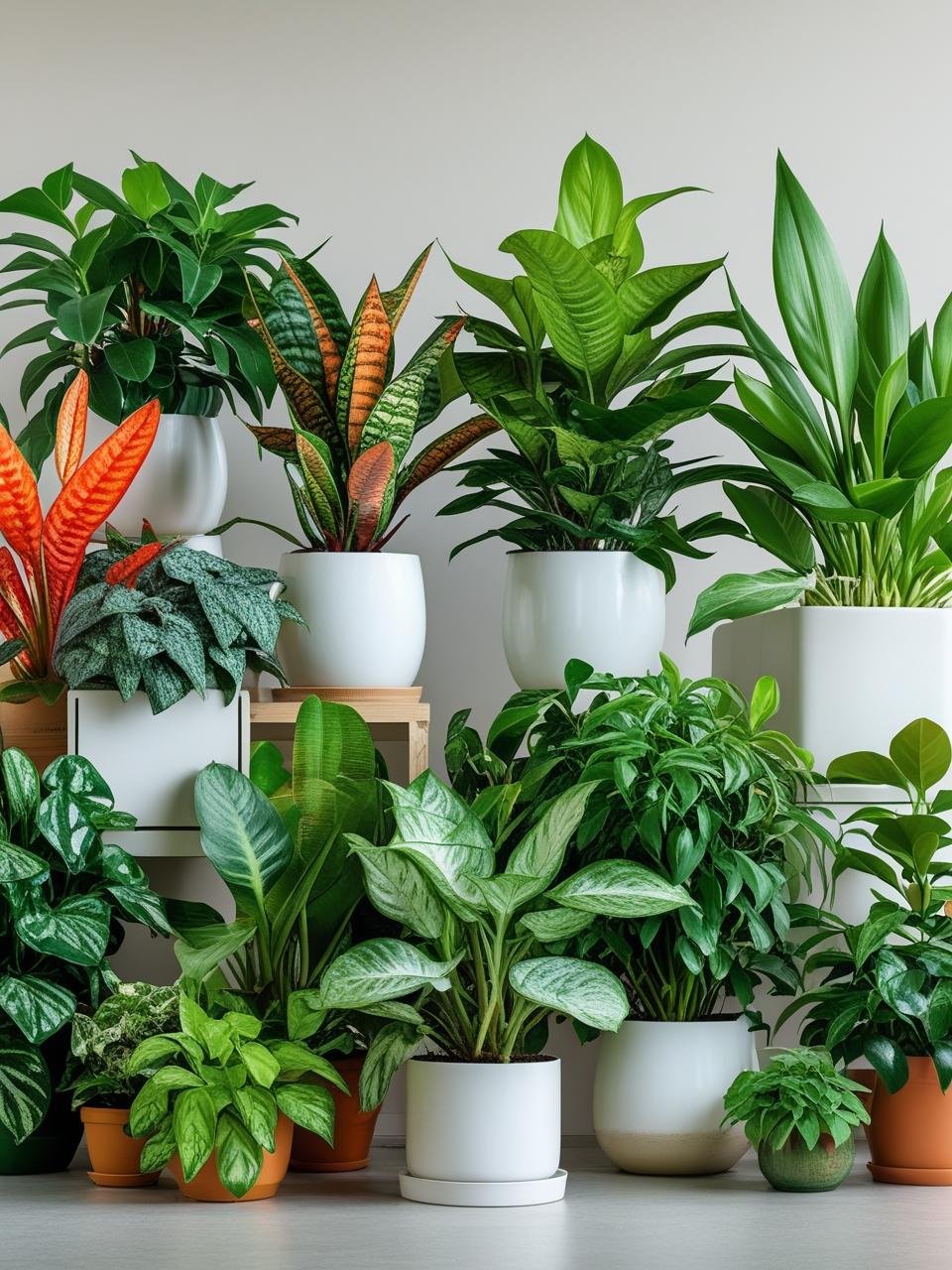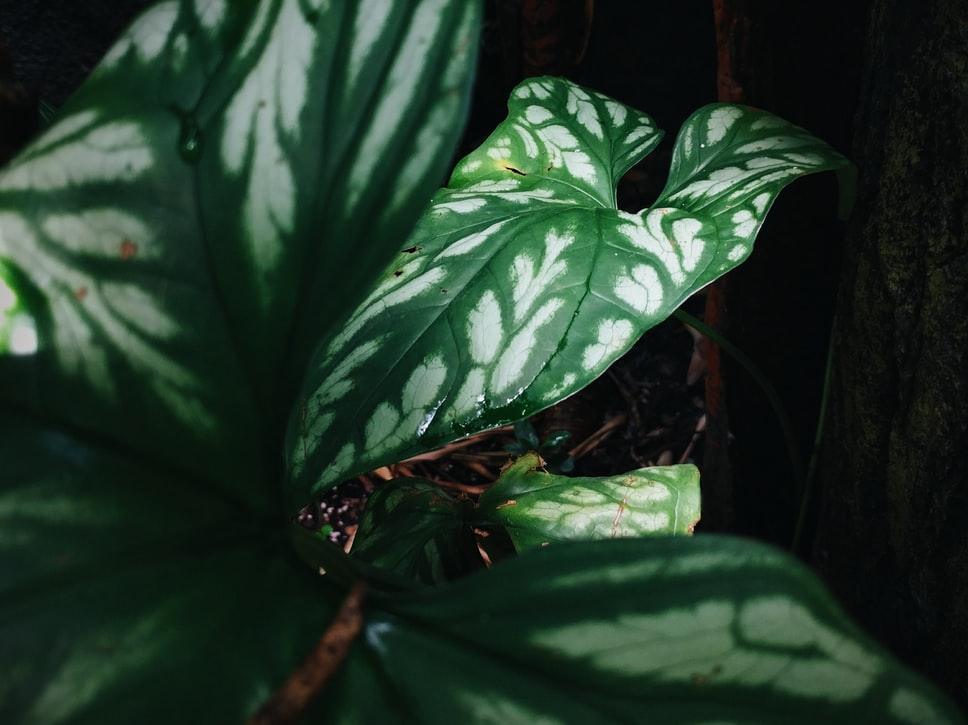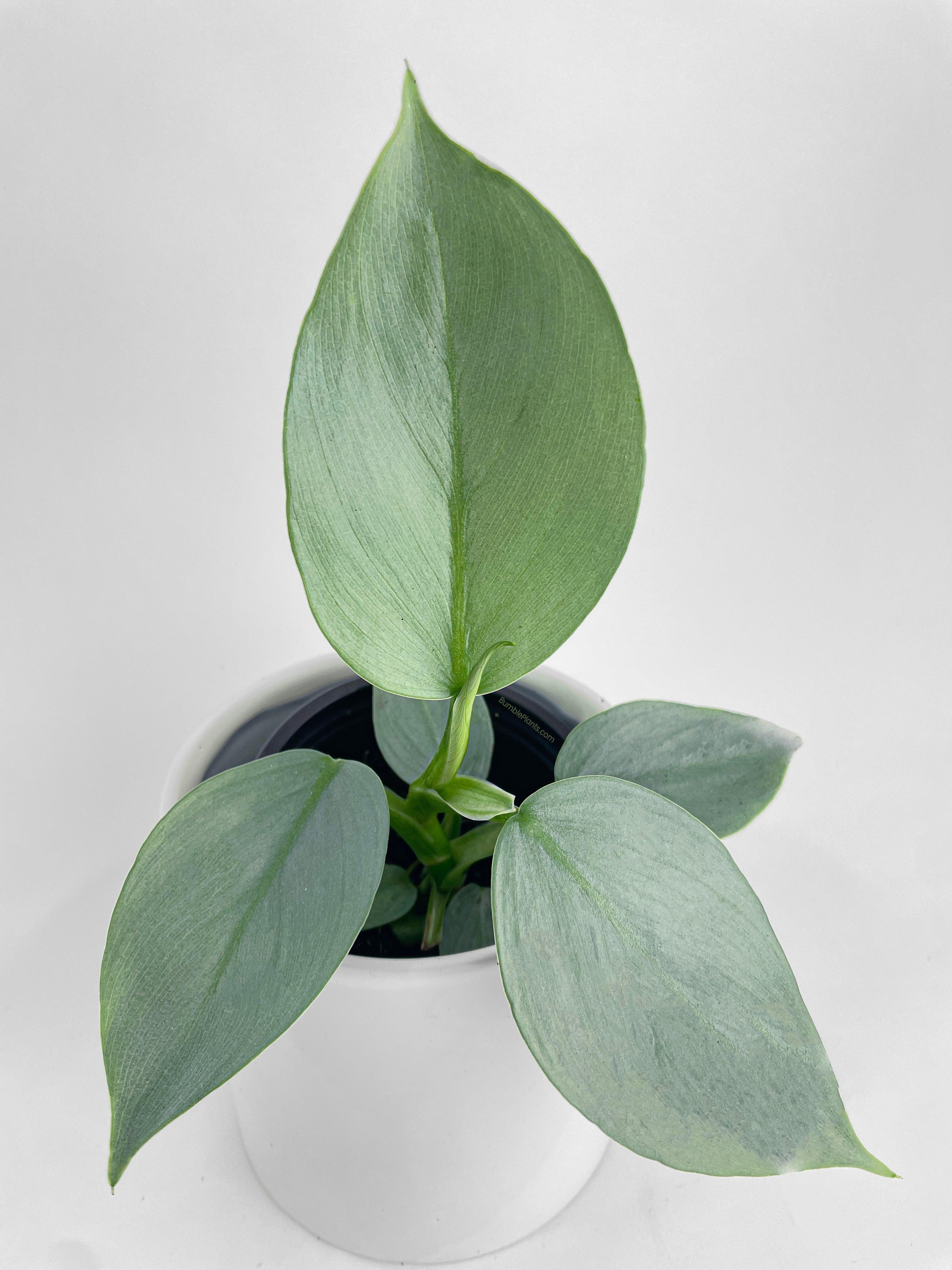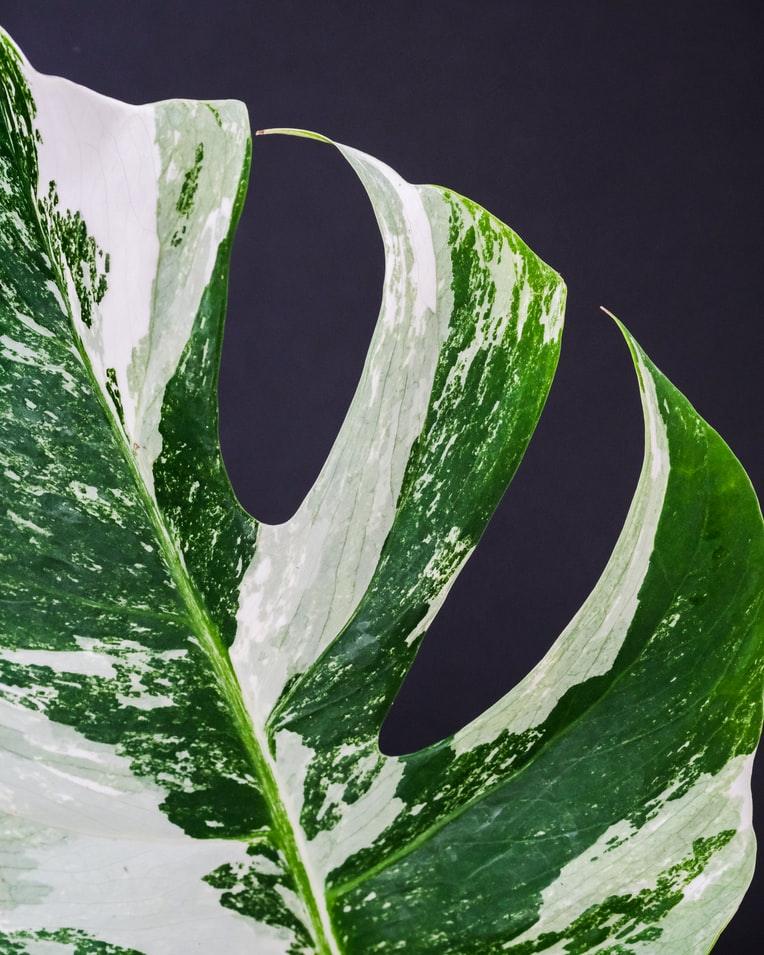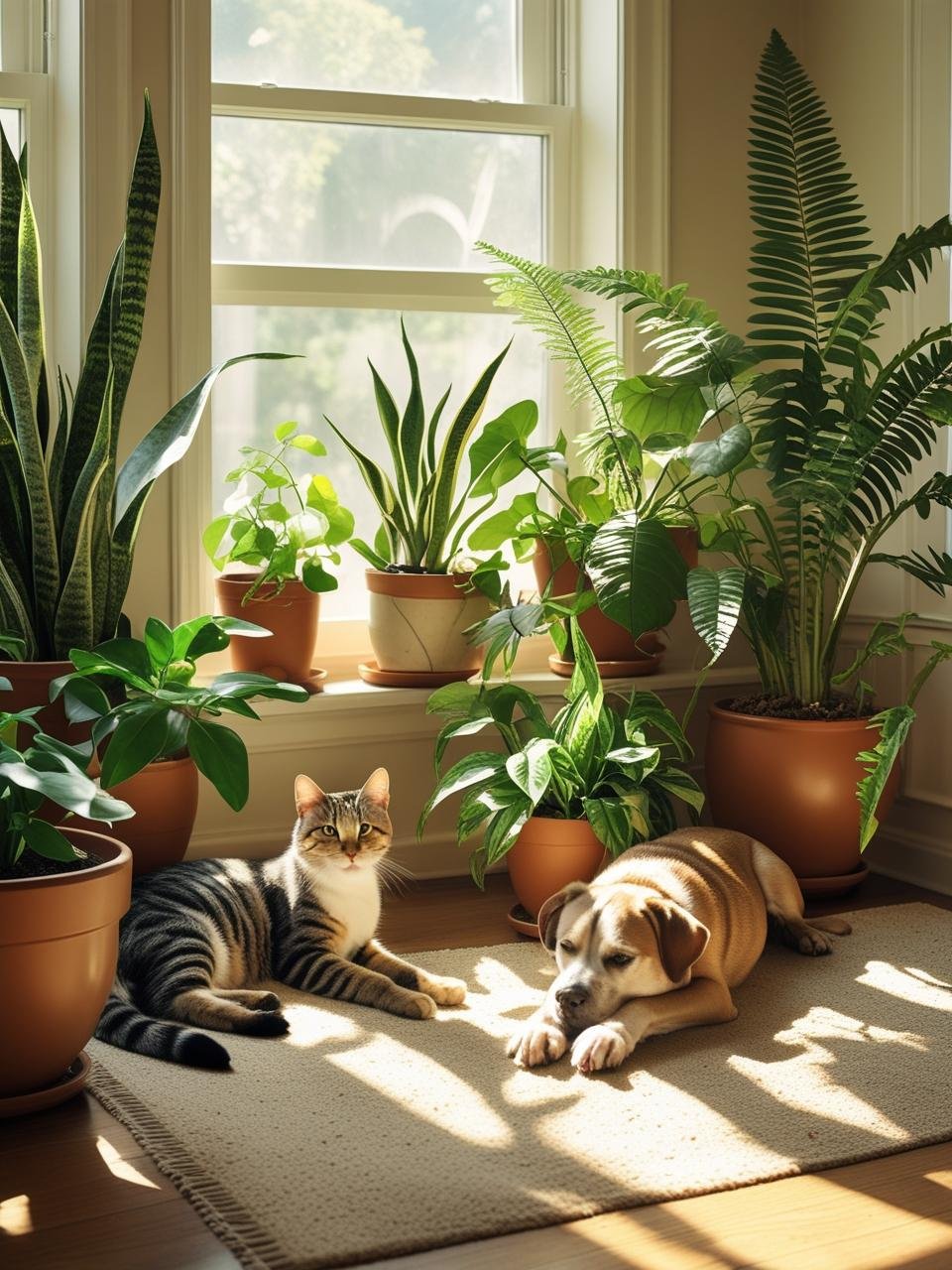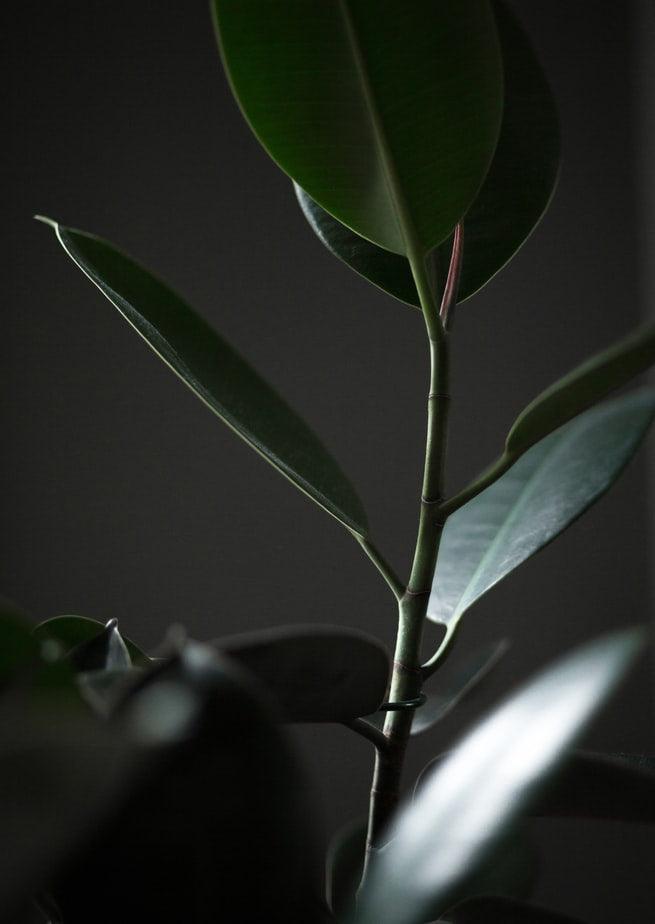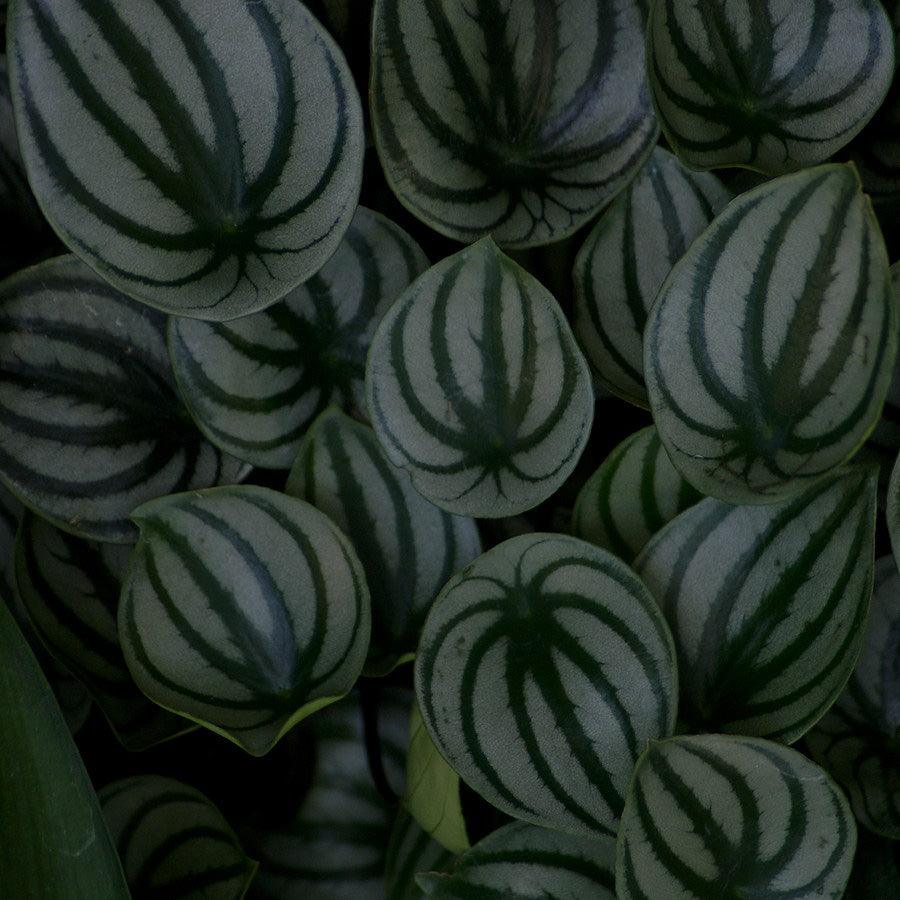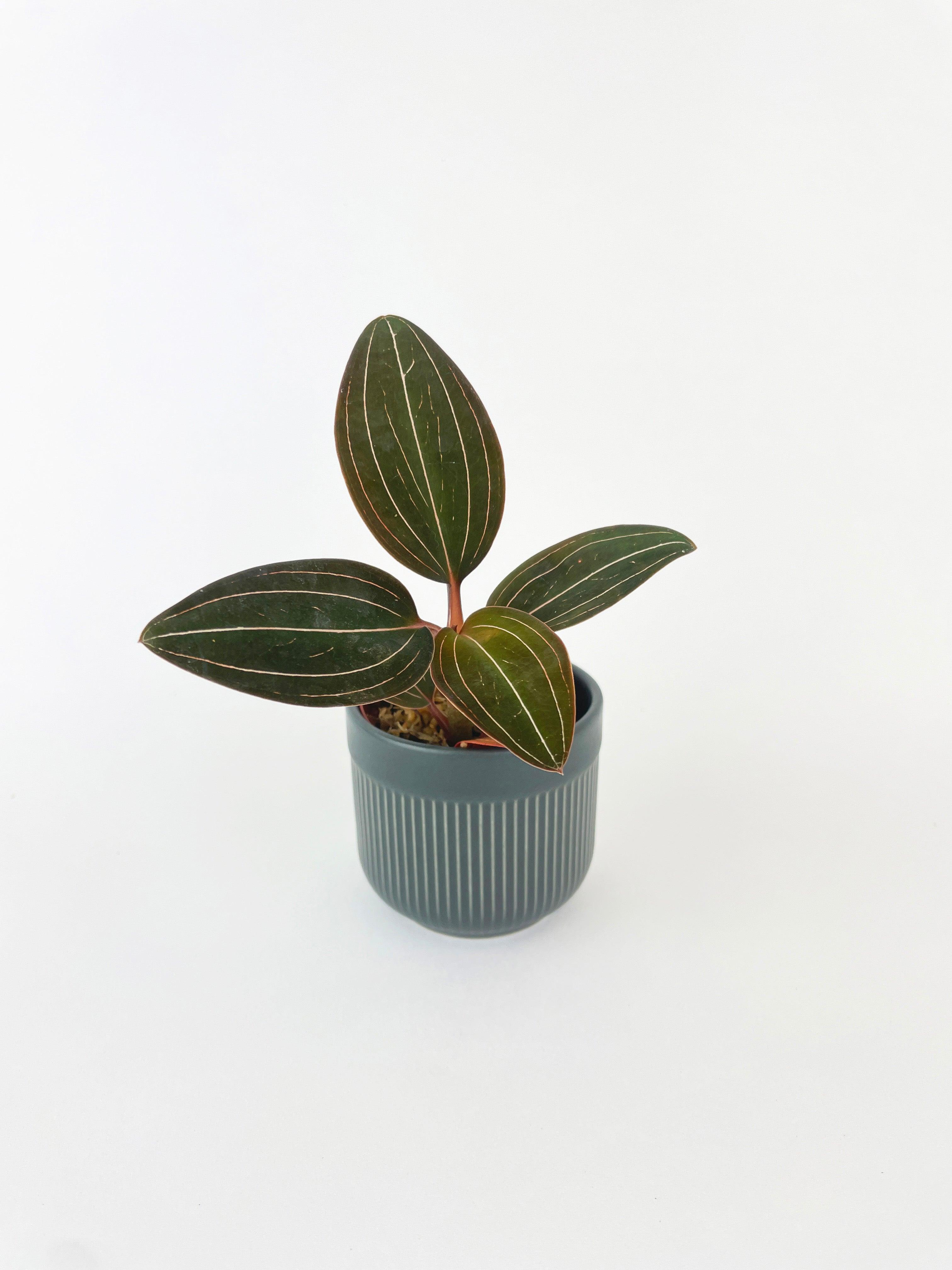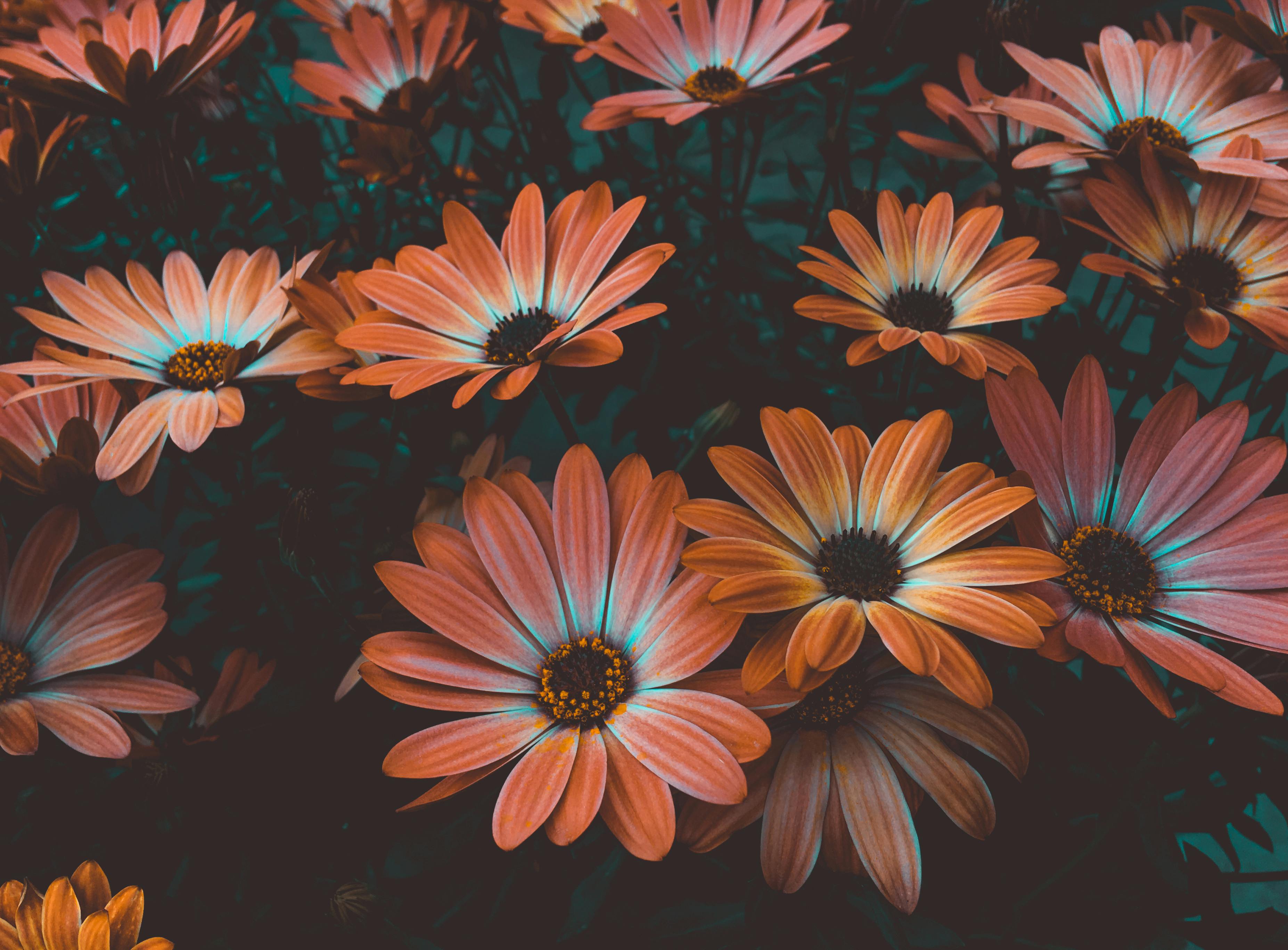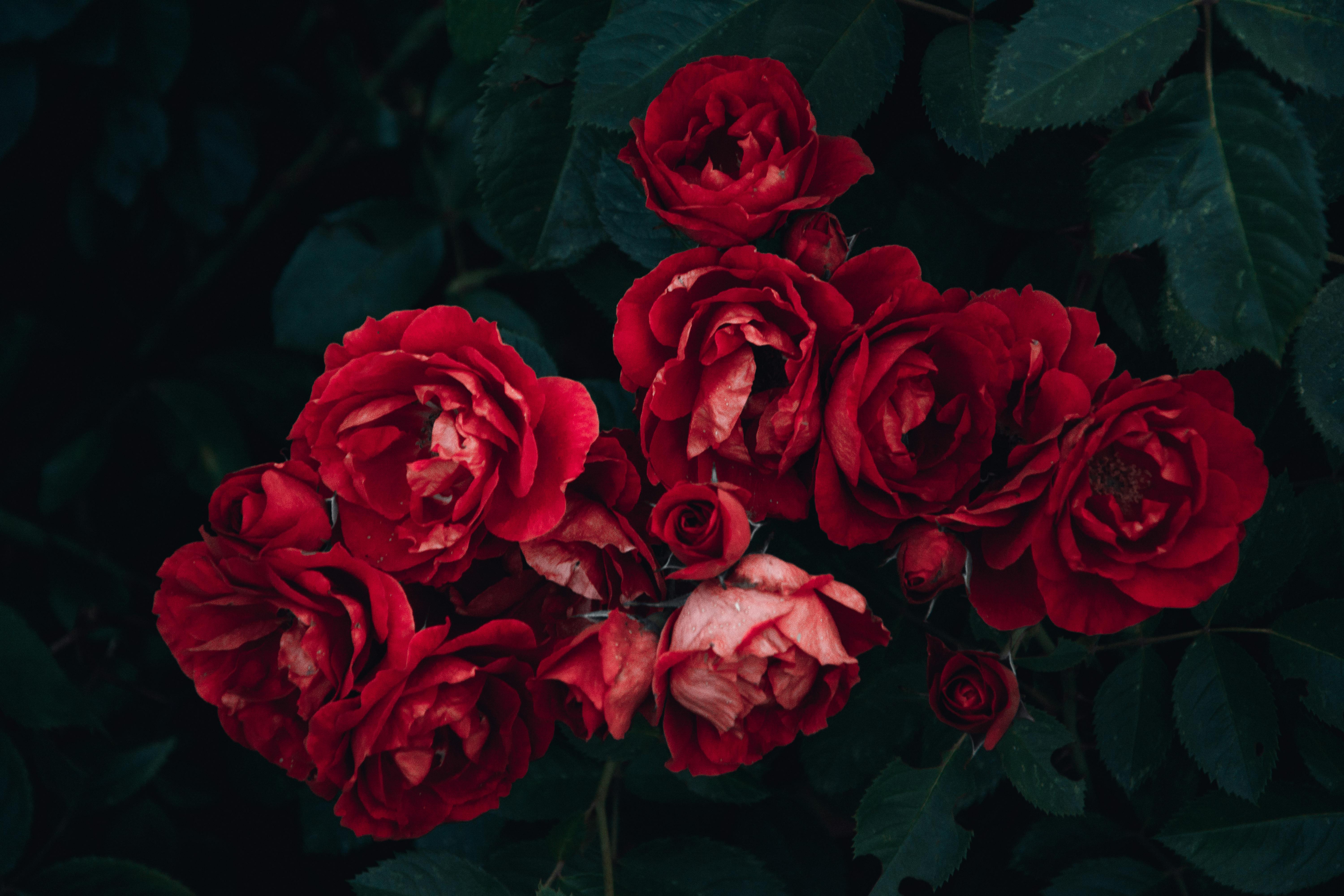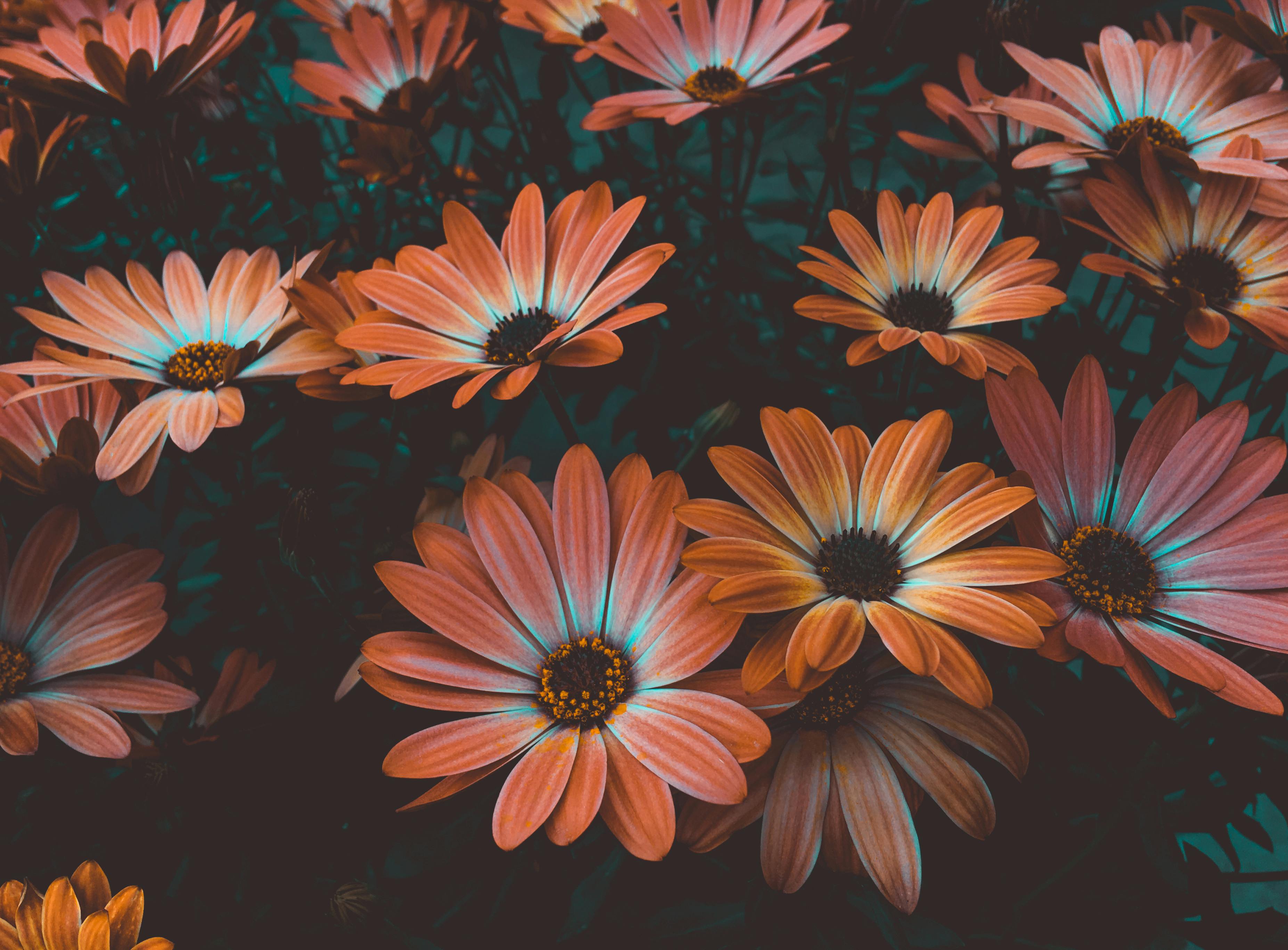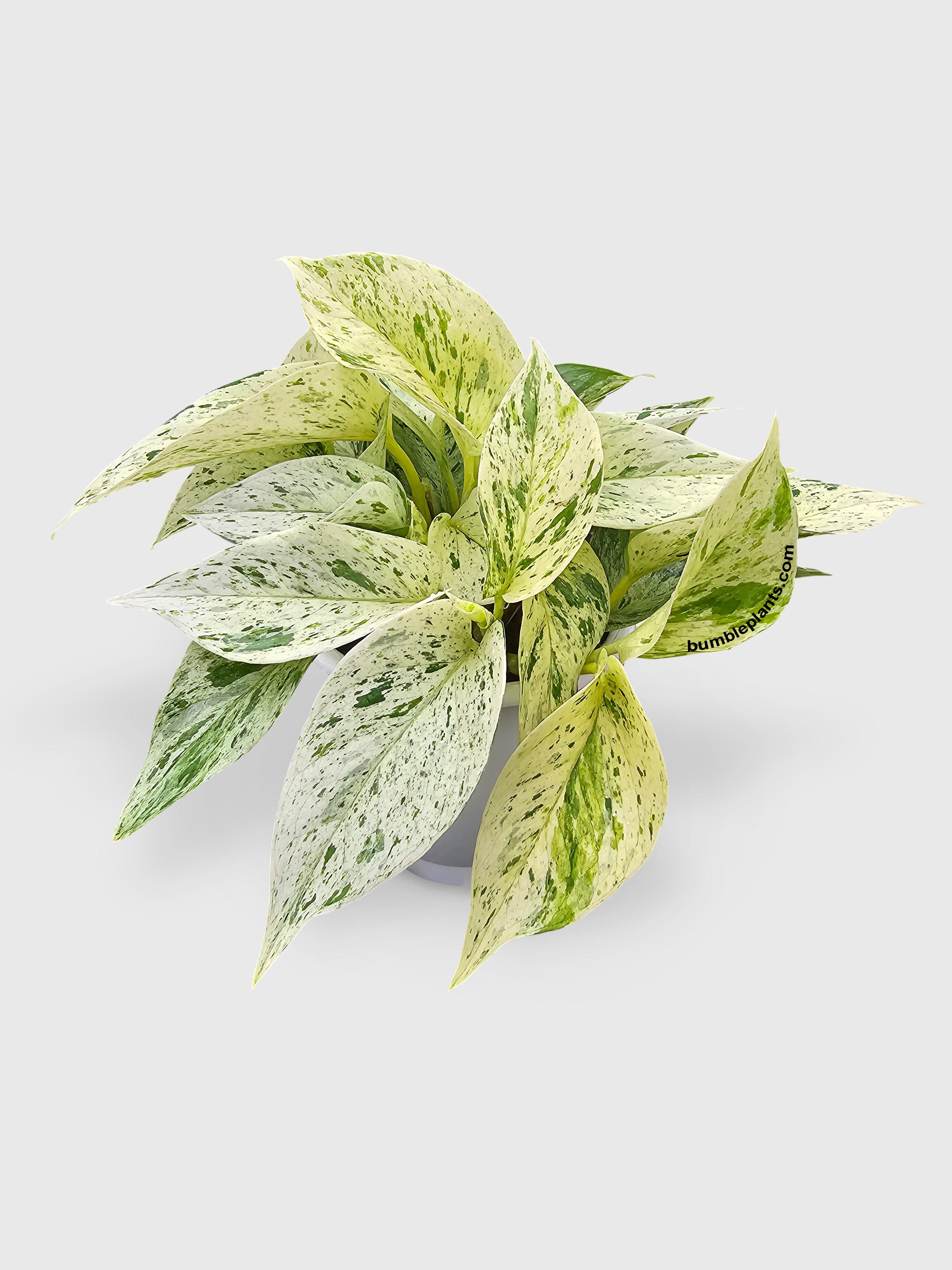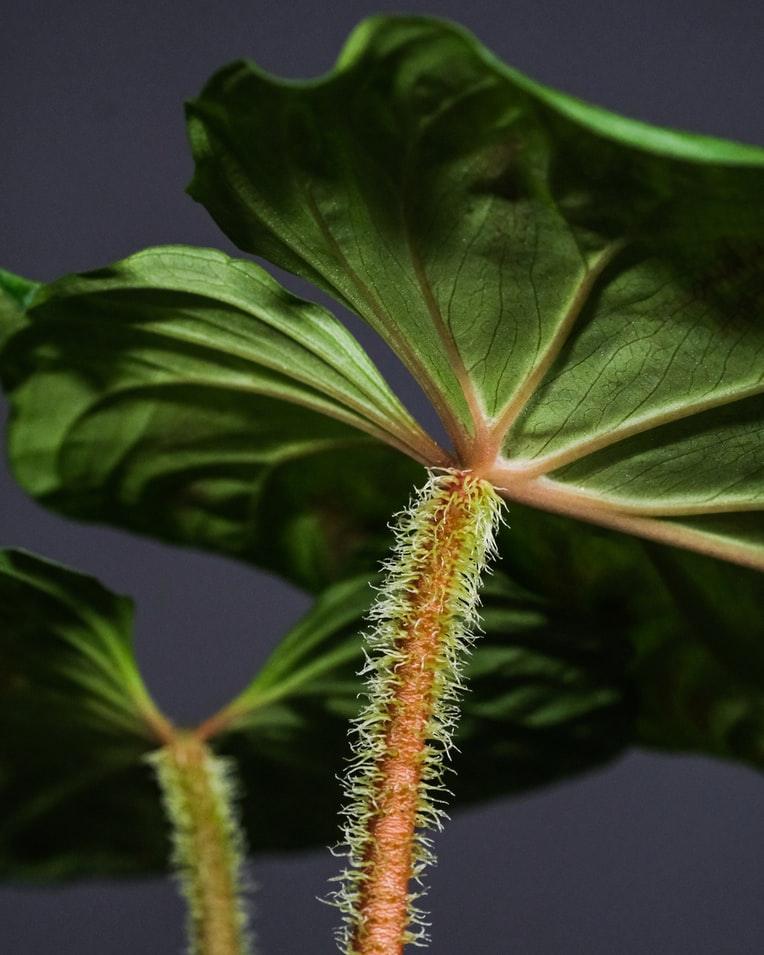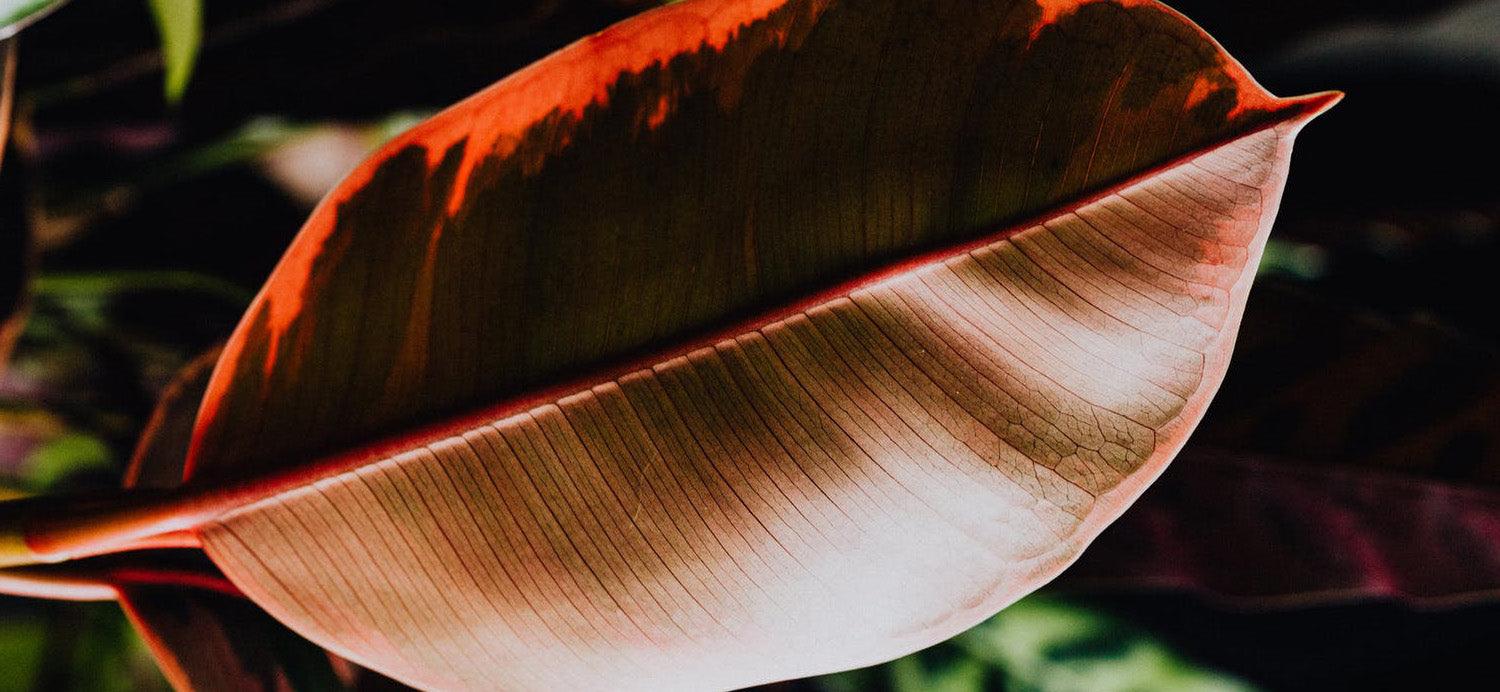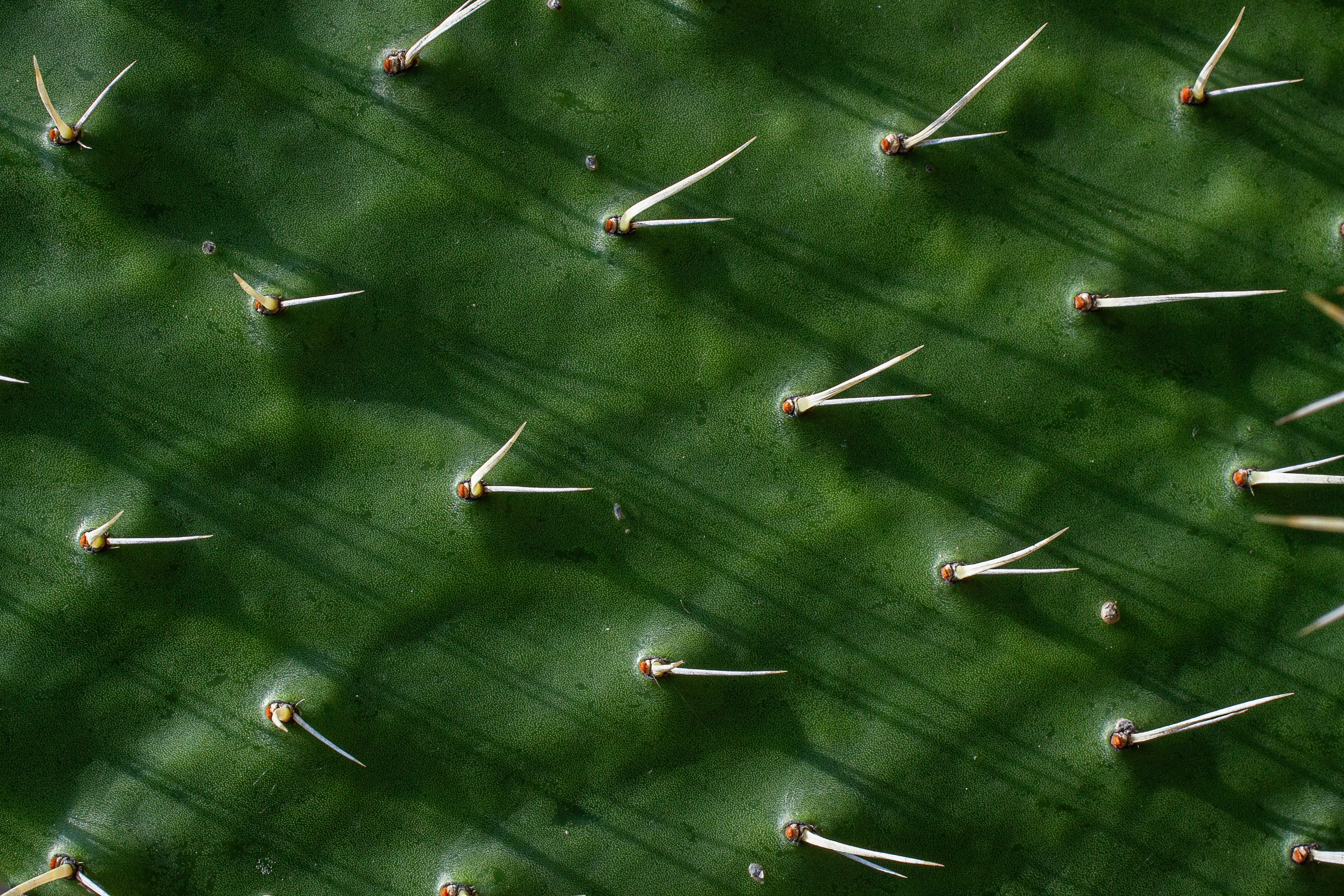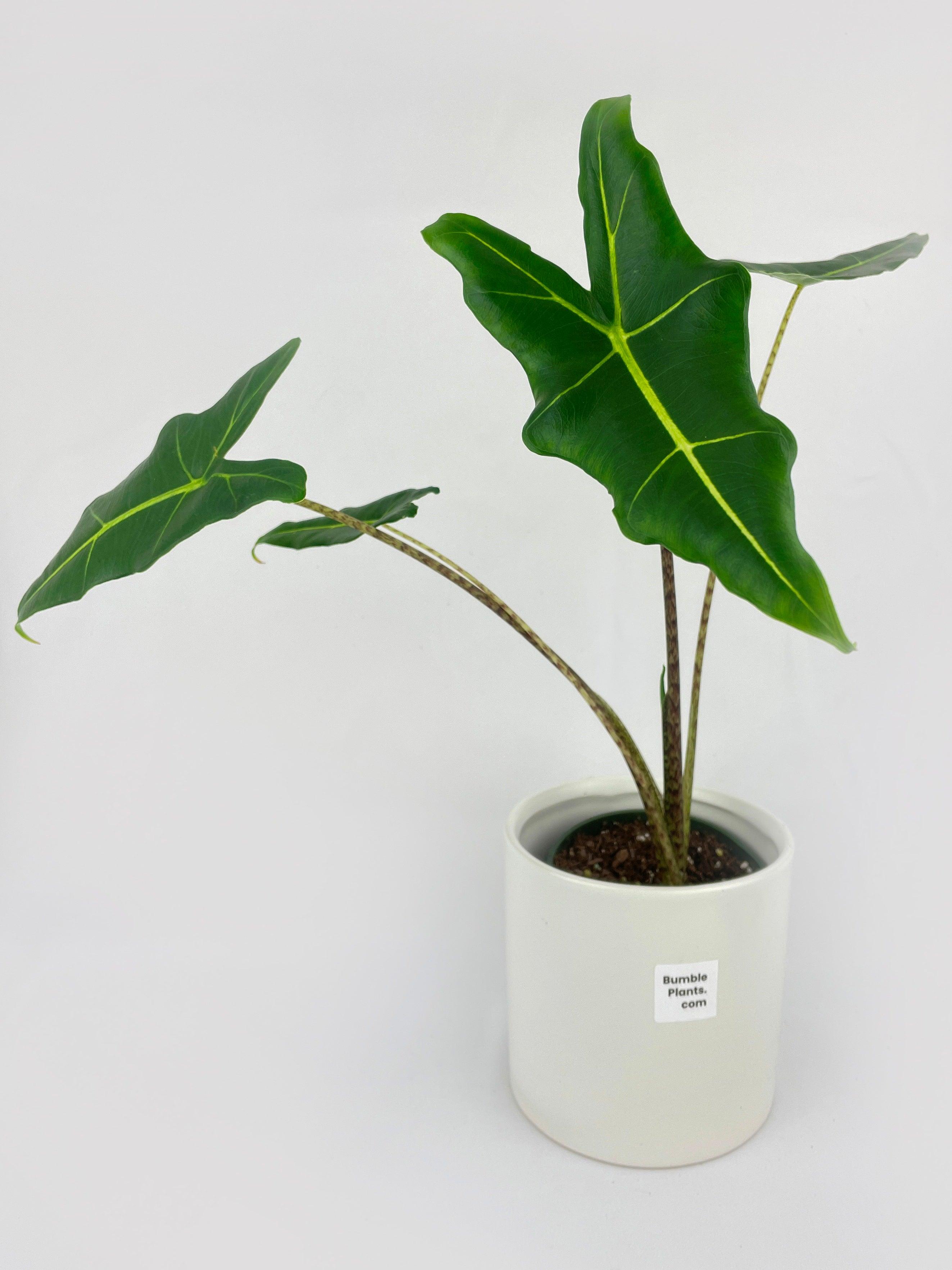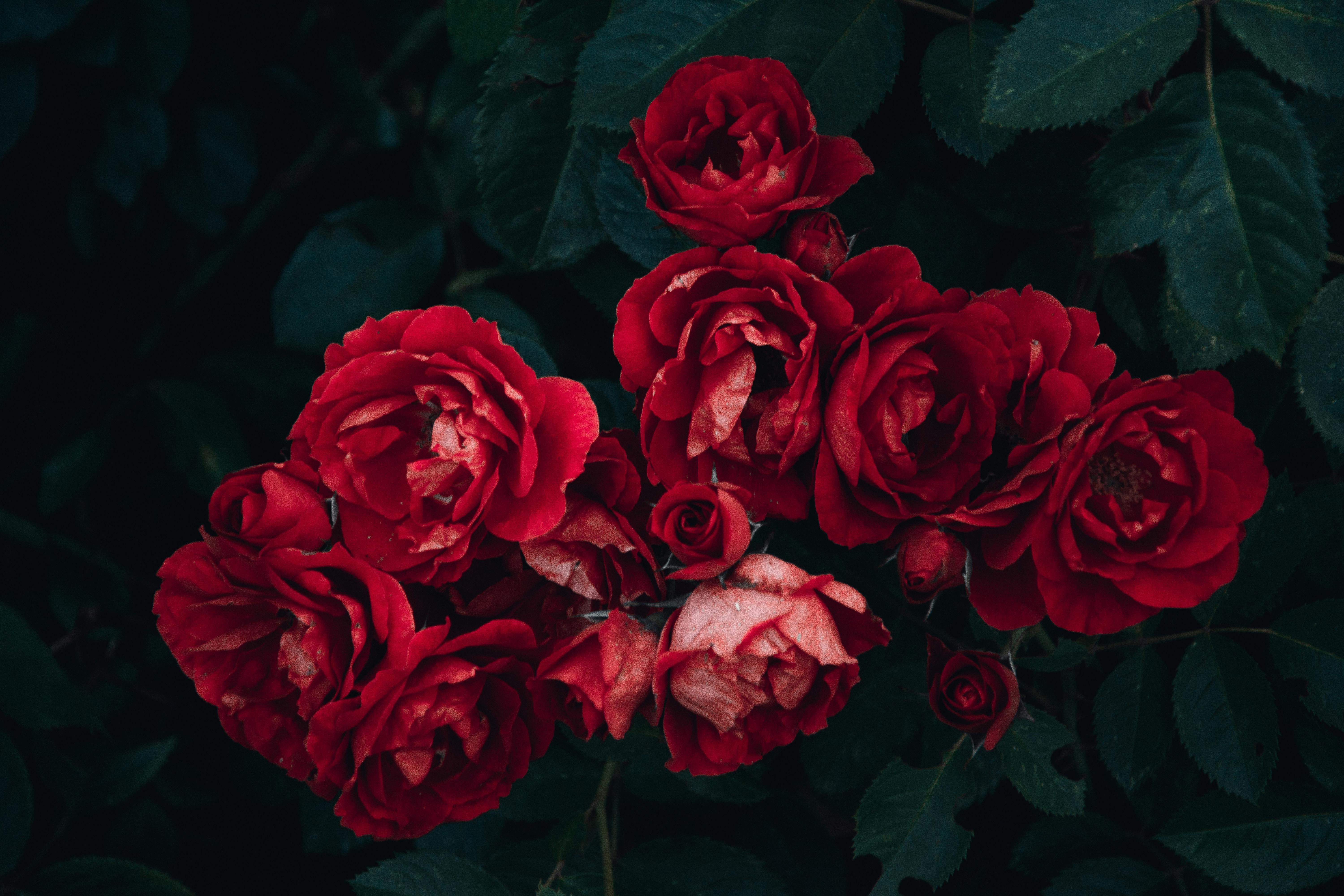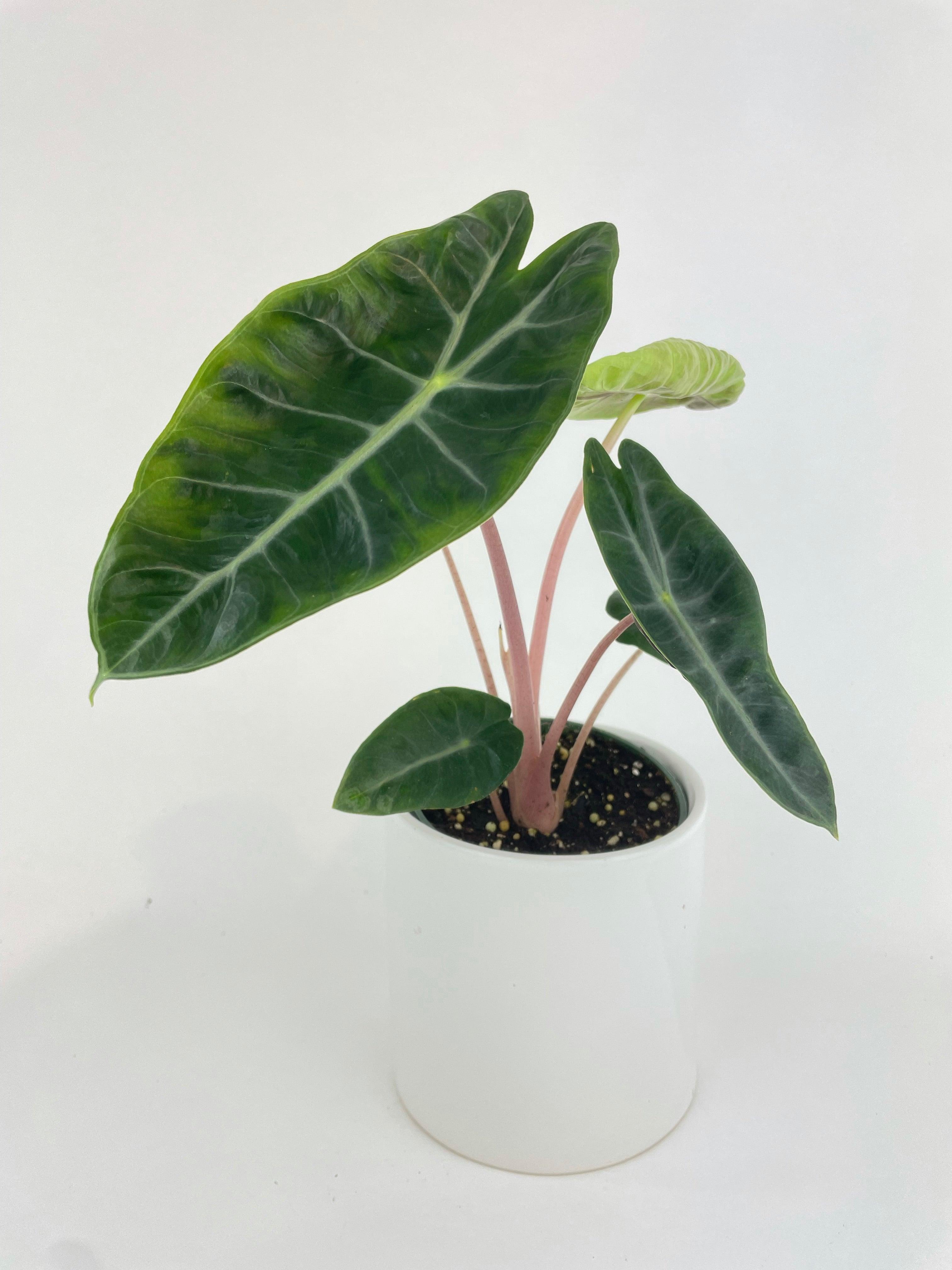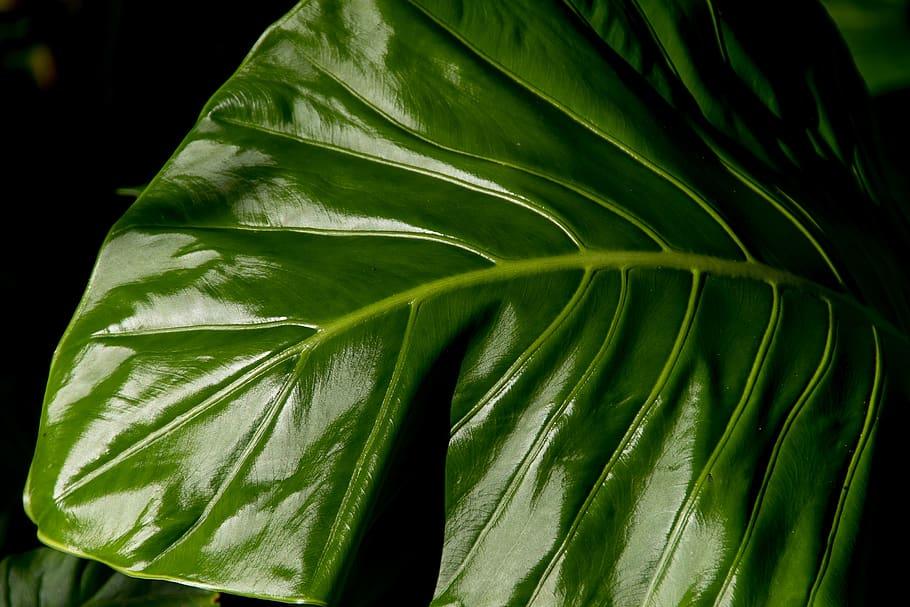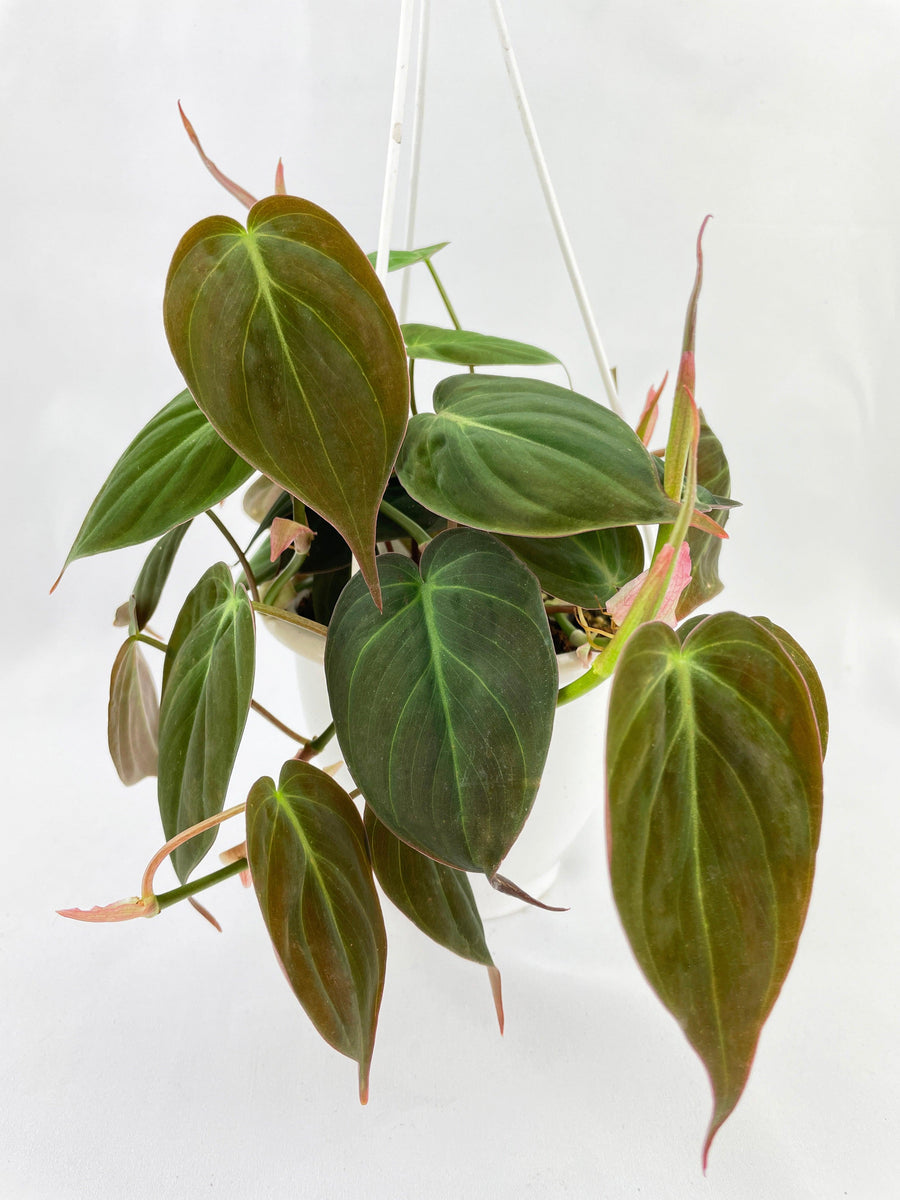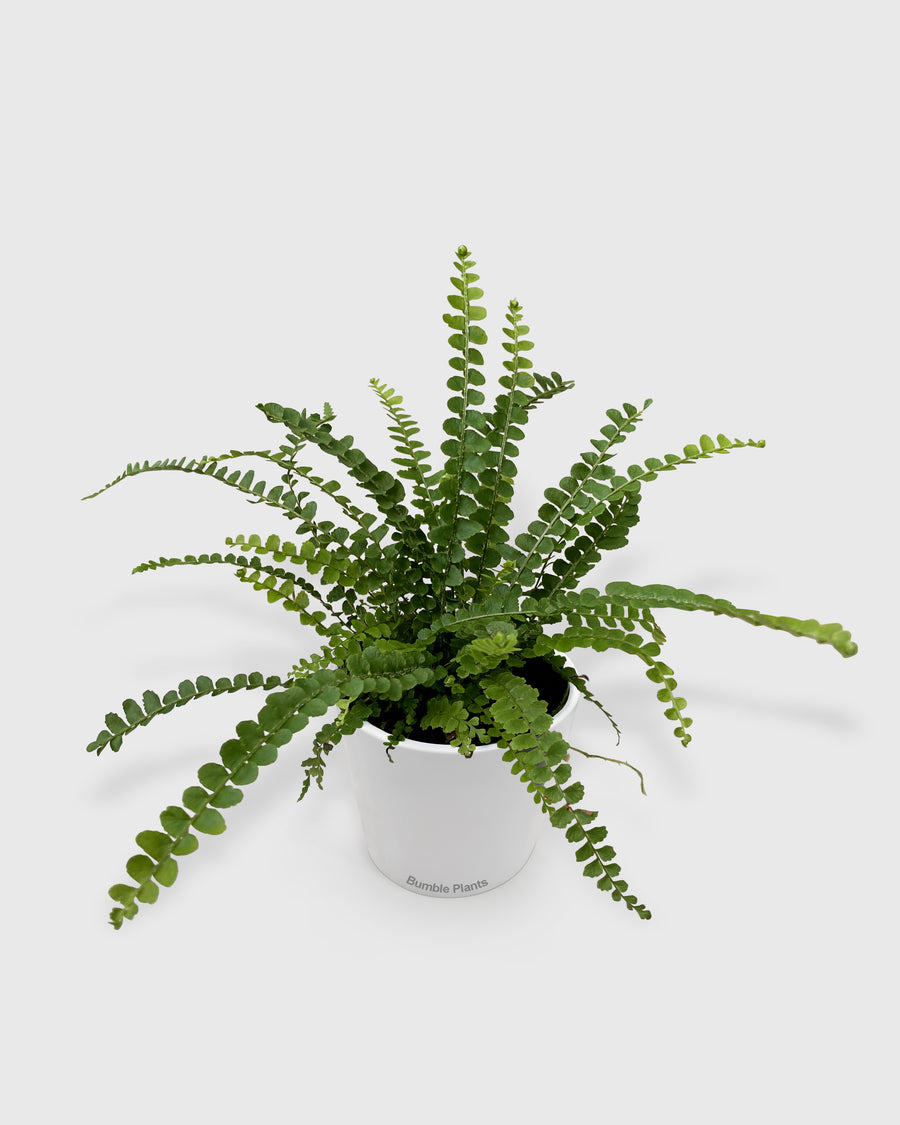Allergy Alert: Exploring the Connection Between Plants and Allergic Reactions
Imagine walking in a colorful field and suddenly, you start sneezing a lot, your eyes get itchy, and your nose won't stop running. Wondering what's causing all this trouble? It's the plants! Even though plants are important for our planet, sometimes they make our immune system go a little crazy, giving us uncomfortable symptoms. But don't worry if you have allergies! This part will help you figure out which plants are usually to blame for causing allergic reactions. Think of tall trees sharing secrets in the wind. The big oak tree may look majestic, but its pollen can make allergy sufferers feel uncomfortable. Then there's the birch tree, with its delicate leaves hiding powerful pollen that can also cause trouble. And don't forget about ragweed, whose tiny pollen particles dance in the fall wind, making lots of people sniffle and sneeze.
But it's not just pollen that can bother us. Grasses, swaying in the summer sun, can secretly cause allergies. Take Bermuda grass, for example. Its blades hide tiny pollen troublemakers waiting to make us feel bad. Even the innocent-looking dandelion, a symbol of childhood wishes, can release pollen that causes problems. So, how do these friendly plants turn into allergy enemies? Imagine this: pollen, like tiny dust bunnies, gets into our noses and airways. Our immune system, always on the lookout, thinks these harmless particles are invaders and fights back. This releases chemicals like histamine, making our eyes itchy, our noses run, and causing annoying sneezing.
But don't worry! If you know Plants and Allergic Reactions, you can be prepared with knowledge and ways to deal with them in the green world. Stay with us as we explore more about the interesting and sometimes frustrating world of plant allergies in the upcoming sections.
Finding Secret Allergy Causes
Do you believe Plants and Allergic Reactions only happen because of pollen flying in the air? Think again! Pollen may be the most famous plant allergy culprit, but there's a whole secret world of plant troublemakers ready to surprise us with reactions. Get ready, allergy detectives, as we look into these not-so-well-known plant allergens and reveal their tricky ways:
Fruits
Did you know that yummy apples, bananas, and kiwis can have stuff like birch pollen that might cause allergies? It's called "cross-reactivity," and for some folks, it can make their mouth itchy, throat tingle, or even cause wheezing. But don't worry, fruit fans! Not everyone with birch pollen allergies will react, and there are still lots of tasty and safe alternatives to enjoy.
Latex
We usually connect latex with gloves and balloons, but it's also in surprising spots like certain fruits (like avocados and bananas!) and even some houseplants like ficus trees. If you're allergic to latex, make sure to read labels carefully and stay away from plants that seem suspicious.
Sap
Have you ever touched a poison ivy vine or a sumac bush and got an itchy, blistering rash? That's because of the plant sap! It has oils that can make your skin red, itchy, and even swollen. Just remember, "leaves of three, let it be!"
But wait, there's more! Not all reactions are created equal. Let's dive deeper into the different types of allergic reactions to plants:
Skin Rash
The telltale sign of contact dermatitis is this itchy, red rash that appears where your skin comes in contact with an allergen. Think poison ivy or sap exposure.
Hay Fever
Sneezing, runny nose, itchy eyes – the classic symptoms caused by inhaling airborne allergens like pollen.
Anaphylaxis
This is a rare but serious allergic reaction that can cause difficulty breathing, swelling, and even shock. Seek immediate medical attention if you experience these symptoms.
Beating The Plant Troubles
Feeling a bit overwhelmed by Plants and Allergic Reactions? No worries, allergy fighters! This part gives you easy tips to handle your symptoms and deal with plants confidently. Remember, knowing what to do is powerful, and with the right tricks, you can enjoy nature without worries.
First tip:Try to avoid the problem! Check the pollen levels, and if they're high, stay inside during those times. Keep windows closed and use air purifiers with special filters to catch pollen. If you have to go outside, wear a mask and protective glasses to reduce allergens. But sometimes, avoiding it isn't enough. That's when medicines can help. Antihistamines like loratadine or cetirizine can stop allergy symptoms by blocking histamines. For more serious cases, talk to your doctor about nasal corticosteroids or allergy shots for long-term relief.
Want to try natural remedies? They may not solve everything, but some might help. Local honey with pollen might build tolerance, ask your doctor first. Rinsing your nose with saline can clear allergens, and nettle tea has anti-inflammatory stuff. Just remember, these can go along with regular allergy treatments, not replace them. Remember, you're not by yourself! Get inspired by real-life heroes. Meet others who faced plant troubles with smarts, strength, and a bit of creativity. See how they changed their hobbies, tried new activities, and enjoyed nature, even with allergies. You can make your own success story too. And guess what? You're not fighting this battle alone. Scientists are always looking for new ways to manage allergies. Research on plants that won't cause allergies gives hope for a future where beautiful flowers won't make us feel bad. Modern treatments like immunotherapy promise long-term relief. Stay informed and positive because the future for managing allergies looks good!
Now, step outside, take a deep breath, and enjoy the amazing things about plants, whether you have allergies or not! With the right knowledge, plans, and a bit of inspiration, you can beat the plant troubles and have fun outside. Remember, every breath you take is a win against plant allergies. Stay tuned for the last part where we explore how plants can make us feel good, reminding us that, despite challenges, nature is a big friend in our lives.
Is It a Friend? Getting Along With Plants
Let's be real, dealing with Plants and Allergic Reactions can feel like a never-ending challenge. But wait, friends who fight allergies! Before you feel like giving up, remember this: plants and feeling good aren't always against each other. These green friends bring lots of good things that are way more important than a little sniffle or itchy eye now and then.
Imagine this: you're walking in a beautiful park, and the soft breeze brings the sweet smell of blooming flowers. This isn't just a nice scene; it's a fact that plants clean the air we breathe. They get rid of bad stuff and give us the good oxygen we need. This means better breathing, less stress, and even a brain boost. But the good things aren't only about our bodies. Studies tell us that being around plants can help our feelings. Being in nature, like taking care of a little garden or looking at a big tree, can make us less worried, more relaxed, and even fight off sad feelings. The calming power of green plants is real. So, how can we be friends with plants even if we have allergies? The answer is in knowing and supporting ongoing research. Scientists are working hard to make plants that don't cause allergies, ones specially made to have less pollen and allergens. Just imagine a world where everyone can enjoy colorful gardens and beautiful landscapes, no matter their allergies.
But that's not the only cool thing happening. New treatments and ways to help, like immunotherapy, are always getting better. They give hope for long-lasting relief and maybe even a cure for allergies. The future of plants and people living together looks great because science is making a path for a world where everyone can love nature without problems.
Remember, knowing things is powerful. By understanding how plants can make us feel good, supporting ongoing research, and trying new ways to deal with allergies, you can have a happy relationship with the green world. So, go outside with confidence, take a deep breath, and enjoy the beauty around you. Having a life with nature, even if you sniffle a bit, is a wonderful life.
Conclusion
Our adventure through the interesting and sometimes tricky world of plants and allergies is finished. We've learned about the tricky plants, the hidden things that cause allergies, and the easy ways to handle the symptoms. But don't forget, it's not just about beating plant problems; it's about being friends with plants and seeing how important they are in our lives. Think back to that first walk in the meadow, the one where you kept sniffing and sneezing. Now, imagine being in the same place but knowing more and having good ways to deal with it. You can still breathe deeply, enjoy the pretty flowers, and connect with nature's beauty.
Remember, winning against Plants and Allergic Reactions takes time. You need to know things, be strong, and be a little creative. Support ongoing research, try new ways to handle allergies, and get inspiration from others who've found ways to win. Most importantly, don't forget how amazing nature is. Plants clean the air, make us feel calm, and give us lots of good things, way more than the sometimes annoying moments. So, go outside with confidence, enjoy the green world, and change the story about plant allergies. Let's go past the limits and make a future where everyone can be happy with nature. A life with pretty landscapes, tall trees, and fresh air is awesome. Remember, you're not alone in this journey. Let's make a world where everyone can breathe easily and love the beauty of plants.


